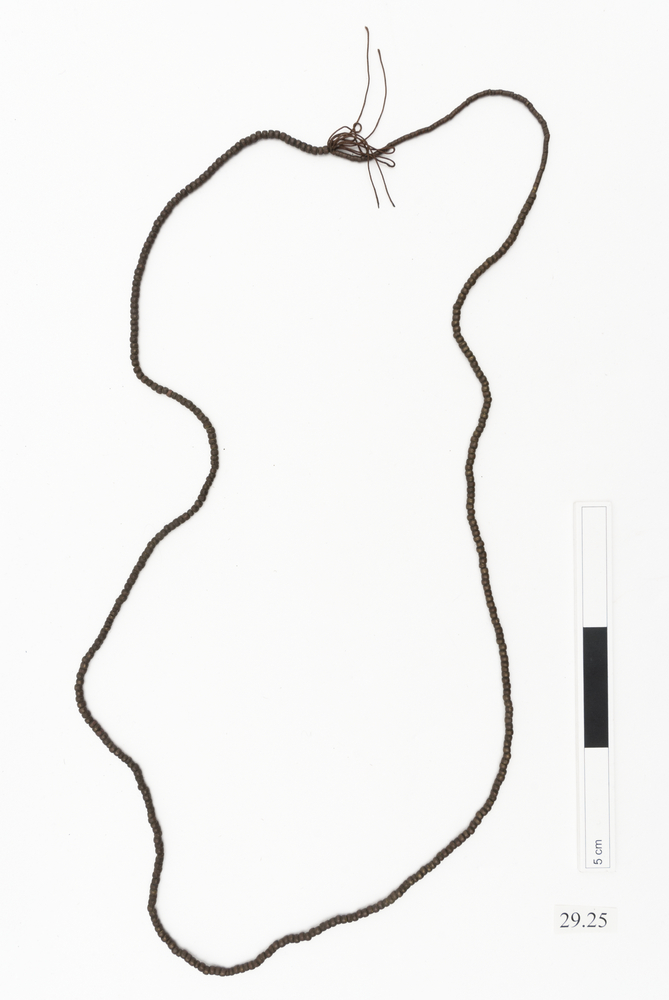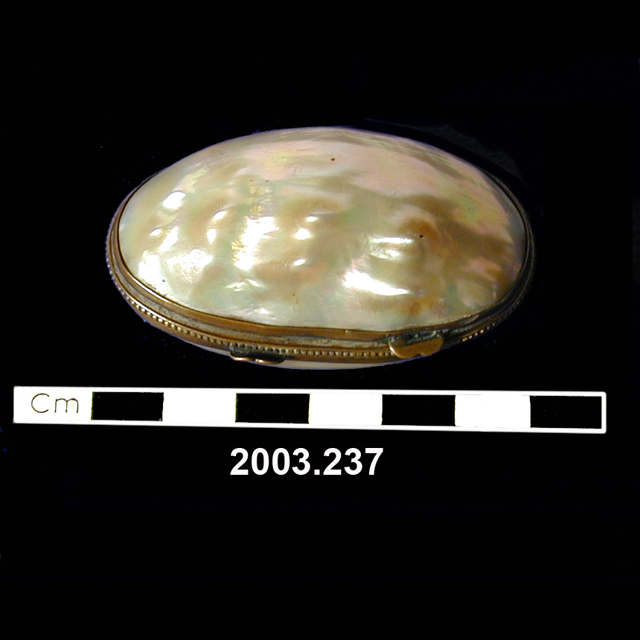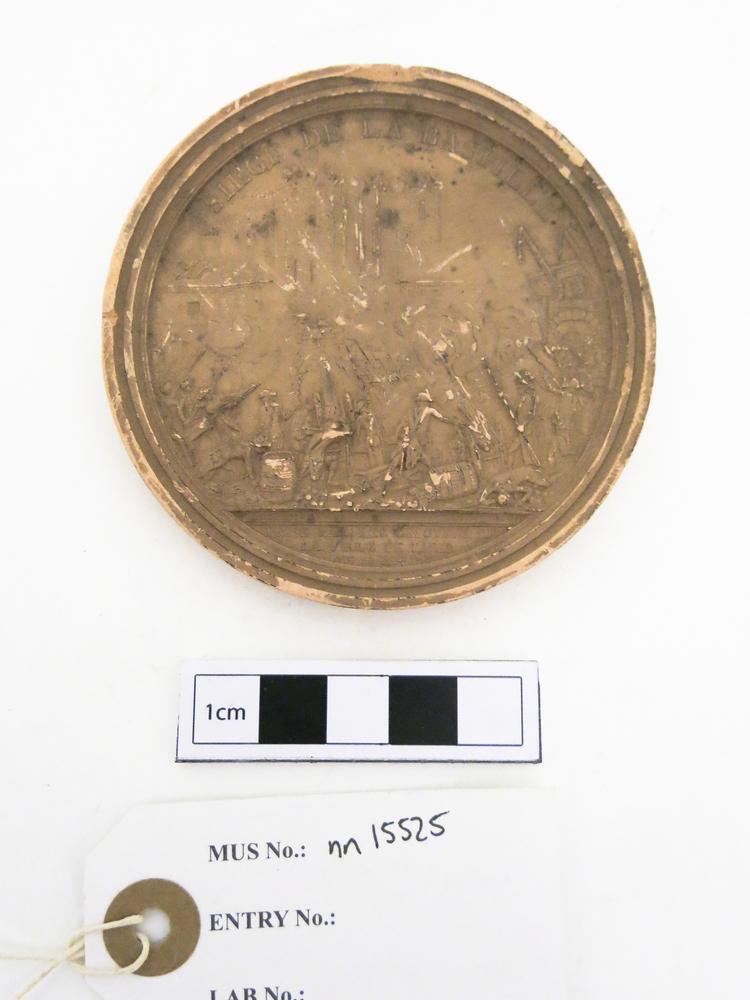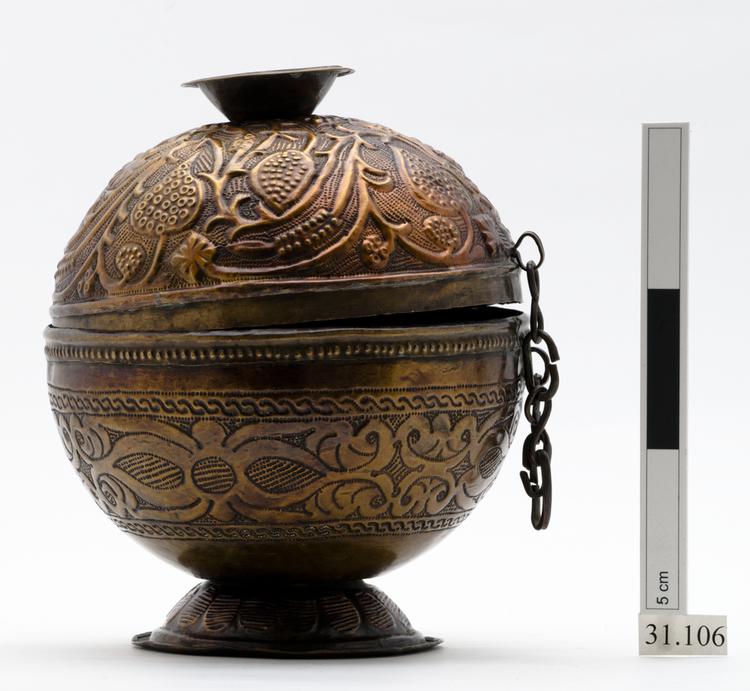An elephant figurine in red terracotta. Only the right foreleg remains intact; one ear is lost and most of the trunk. The eyes are punched holes with a raised rim and, distinctively, what remains of the upper part of the trunk is cut with horizontal grooves in imitation of the usual deep wrinkles in that part of the beast’s anatomy, as is the remaining ear. This is a jolly, energetic figurine, in an alert and perky pose, with much character, surely a child’s possession in its day.
An elephant figurine in red terracotta. Only the right foreleg remains intact; one ear is lost and most of the trunk. The eyes are punched holes with a raised rim and, distinctively, what remains of the upper part of the trunk is cut with horizontal grooves in imitation of the usual deep wrinkles in that part of the beast’s anatomy, as is the remaining ear. This is a jolly, energetic figurine, in an alert and perky pose, with much character, surely a child’s possession in its day. Marked on the underbelly with ‘Tax’ for Taxila the great city site near Islamabad, Pakistan. For comparisons see Sir John Marshall’s Taxila, 1951. Early Historic Period, probably early centuries. Archaeological context: presumably unstratified and probably from a surface collection, though see the remarks in the previous entry (no. 19 or nn3707.16). Given by Col D H Gordon (1952/3).






